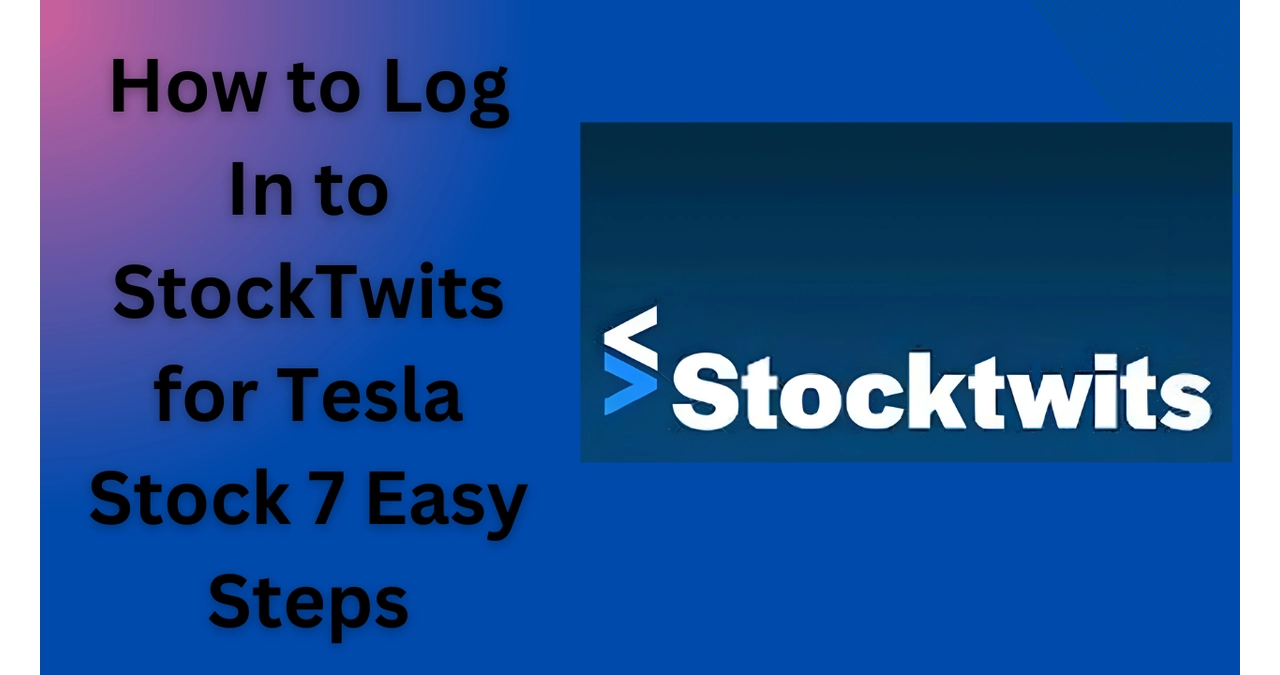When municipal bond ETFs are released, it marks a significant moment in the evolution of bond investing. These funds, which bundle a diversified collection of municipal bonds into a single, tradable security, have transformed how investors approach fixed-income investments. Over the years, when municipal bond ETFs are released, they’ve introduced more options, lower costs, and greater accessibility for retail investors. This article will explore the history, advantages, and future of municipal bond ETFs, highlighting how they’ve become an essential tool in the investment landscape.
When Municipal Bond ETFs Are Released: A Historical Perspective
iShares launched the first municipal bond ETF in 2007, the iShares National Muni Bond ETF (MUB). This ETF aimed to provide investors with an efficient way to invest in U.S. municipal bonds, which are often prized for their tax-exempt status. Before ETFs, investors typically had to purchase individual bonds, which could be costly and illiquid. The introduction of municipal bond ETFs allowed investors to easily gain exposure to a broad array of municipal bonds in a single trade.
When municipal bond ETFs are released, it’s often a reflection of growing investor demand for easy, cost-effective access to tax-exempt income. These ETFs track the performance of municipal bond indices, offering investors a simple way to invest in bonds issued by local governments across the country. With the rise of exchange-traded funds in general, the demand for tax-exempt bond exposure grew, prompting more issuers to enter the market.
Some well-known municipal bond ETFs include:
- iShares National Muni Bond ETF (MUB)
- Launched: 2007
- Tracks the performance of U.S. investment-grade municipal bonds.
- Vanguard Tax-Exempt Bond ETF (VTEB)
- Launched: 2014
- Invests in municipal bonds with investment-grade ratings.
- SPDR Nuveen Bloomberg Barclays Municipal Bond ETF (TFI)
- Launched: 2007
- Provides exposure to long-term, investment-grade municipal bonds.
- Invesco Taxable Municipal Bond ETF (BAB)
- Launched: 2011
- Focuses on taxable municipal bonds, which offer different tax treatment than traditional muni bonds.
What Are Municipal Bond ETFs and Why Are They Popular?

Municipal bond ETFs hold a portfolio of municipal bonds, which are debt securities issued by local governments, municipalities, and certain non-profit entities. These bonds are typically used to fund infrastructure projects like highways, hospitals, and schools. The key selling point of municipal bonds is their tax advantage—interest payments are often exempt from federal income tax and, in some cases, state taxes.
Investors often prefer municipal bond ETFs because they allow for diversification across many issuers. Instead of investing in individual bonds, which may be subject to higher risks if a municipality defaults, an ETF spreads that risk over a broad basket of bonds. This diversification is especially important given that municipal bonds can vary widely in terms of credit quality and yield.
Furthermore, when municipal bond ETFs are released, they help make municipal bond investing more liquid. Unlike individual bonds, which may take time to sell and may be subject to a less liquid market, municipal bond ETFs trade like stocks on exchanges. This liquidity makes them attractive to investors who want the flexibility to buy and sell bonds quickly.
Benefits of Municipal Bond ETFs
- Tax Exemptions: One of the primary reasons investors flock to municipal bonds—and by extension, municipal bond ETFs—is the tax advantage. The interest income is generally exempt from federal income tax, and in many cases, state and local taxes as well. This makes muni ETFs especially attractive to investors in higher tax brackets.
- Diversification: Municipal bond ETFs usually track a broad index of bonds, which means investors are not exposed to the risk of a single issuer defaulting. For instance, the iShares National Muni Bond ETF (MUB) offers exposure to thousands of investment-grade municipal bonds across the United States, reducing risk.
- Liquidity and Low Costs: Unlike traditional municipal bonds, which can be hard to buy or sell in smaller quantities, ETFs trade throughout the day like stocks. Additionally, municipal bond ETFs typically have lower expense ratios than actively managed mutual funds, making them a cost-effective way to invest in munis.
- Accessibility: Before the advent of ETFs, municipal bond investing was primarily the domain of wealthier individuals or institutional investors. When municipal bond ETFs are released, it provides an avenue for smaller investors to gain exposure to this asset class.
The Future of Municipal Bond ETFs
The future of municipal bond ETFs looks promising, particularly as more issuers enter the market and the demand for tax-exempt income increases. We’re seeing an increasing number of municipal bond ETFs targeting specific sectors, durations, and geographic regions. For example, some funds specialize in short-term municipal bonds, while others focus on high-yield (lower-rated) munis, which offer higher returns at greater risk.
Another trend is the rise of taxable municipal bond ETFs, which include municipal bonds that do not offer tax-exempt interest. These funds appeal to investors who want municipal bond exposure but are not concerned about the tax exemptions. This diversification within the municipal bond ETF universe could further enhance the accessibility and appeal of these funds to a wider range of investors.
Jimmy Carter, Leader During Stagflation and High Unemployment, Dies at 100
China’s Anti-Dumping Investigation into EU Brandy Extended Amid Rising Tensions
Conclusion: When Municipal Bond ETFs Are Released, What’s Next?
As we’ve seen, when municipal bond ETFs are released, they provide investors with a host of benefits, from tax exemptions to diversification and liquidity. These funds are part of a larger trend in the ETF market, where innovation and investor demand for more specialized funds have led to a growing number of options in fixed-income investing.
The launch of municipal bond ETFs has democratized access to municipal bonds, which were once considered the domain of institutional investors and high-net-worth individuals. As more ETFs are introduced, investors will have even more choices to tailor their bond portfolios to their specific risk profiles and income needs.
Looking forward, when municipal bond ETFs are released, we can expect to see further innovation in this space, with ETFs designed for specific sectors, regions, or even municipal bond sub-classes. This will likely make municipal bond ETFs an even more attractive option for investors looking for tax-efficient income, further cementing their role in the broader investment landscape.
Q1: How do municipal bond ETFs provide tax benefits?
Municipal bond ETFs offer income that is generally exempt from federal income taxes, and in some cases, state and local taxes, making them attractive to high-income investors.
Can I buy and sell municipal bond ETFs easily?
Yes, municipal bond ETFs trade on stock exchanges like regular stocks, providing investors with liquidity and the ability to buy and sell throughout the trading day.









1 thought on “When Municipal Bond ETFs Are Released”